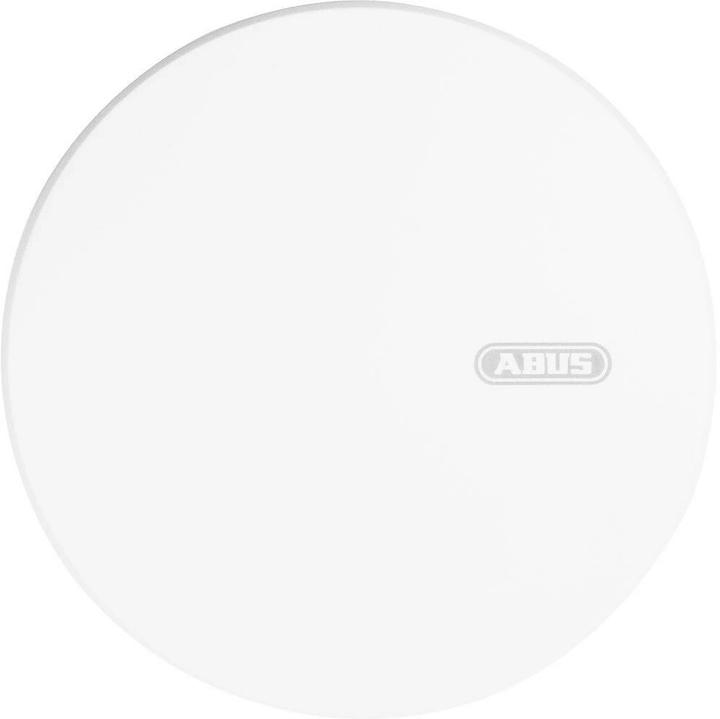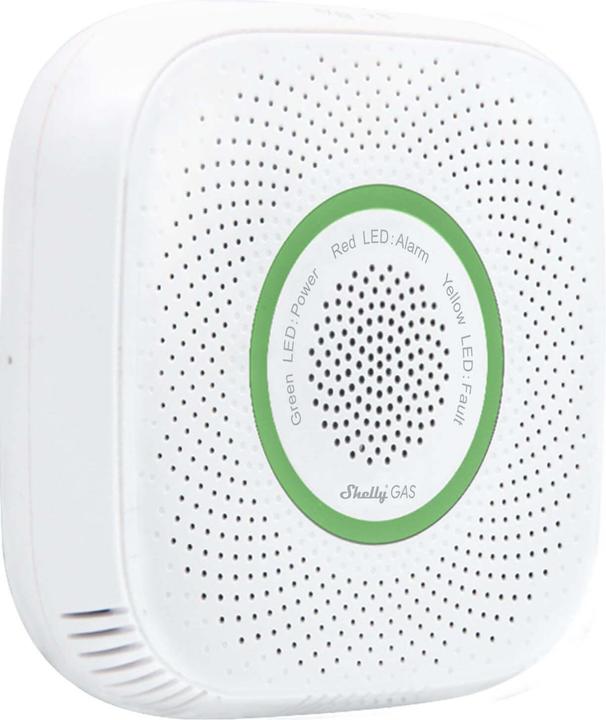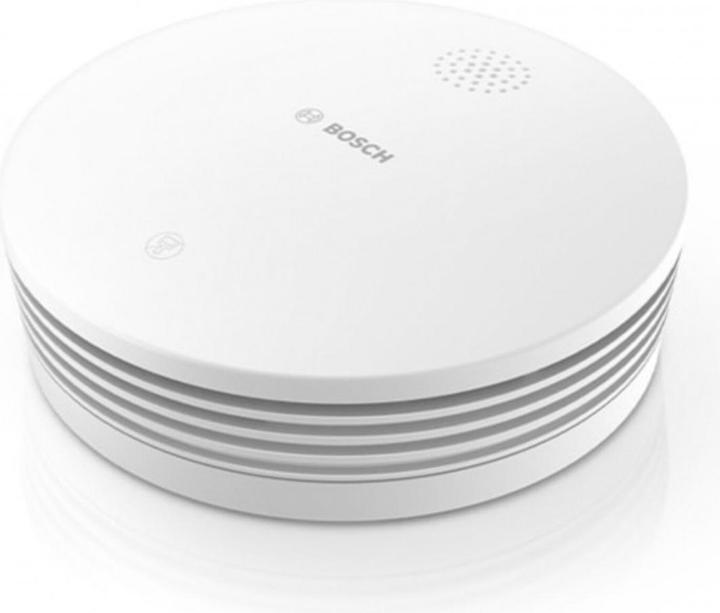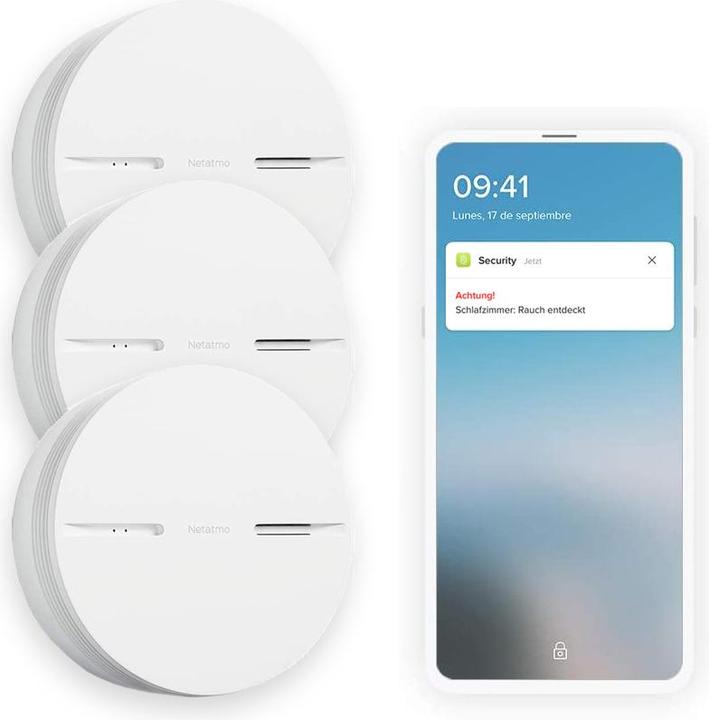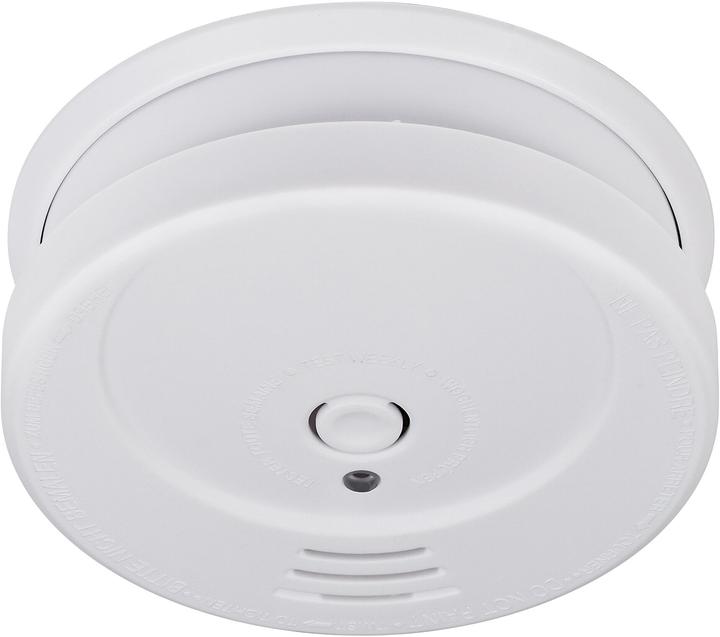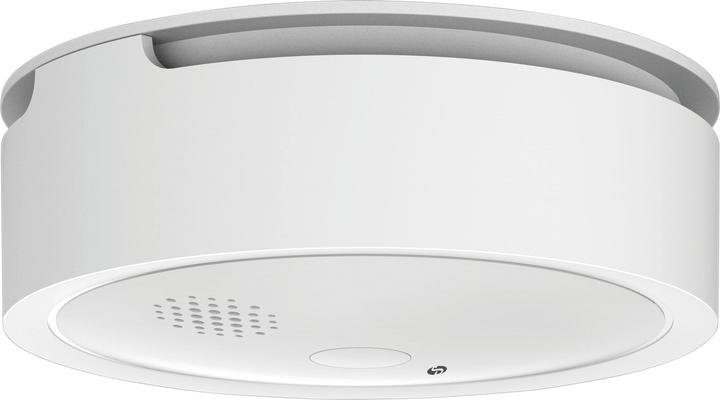
Too Many Hazard Detectors? Here's How to Choose the Right One
Discover five key factors to consider when selecting the perfect hazard detector for your needs.
Last updated 12 hours ago. Automatically generated content.
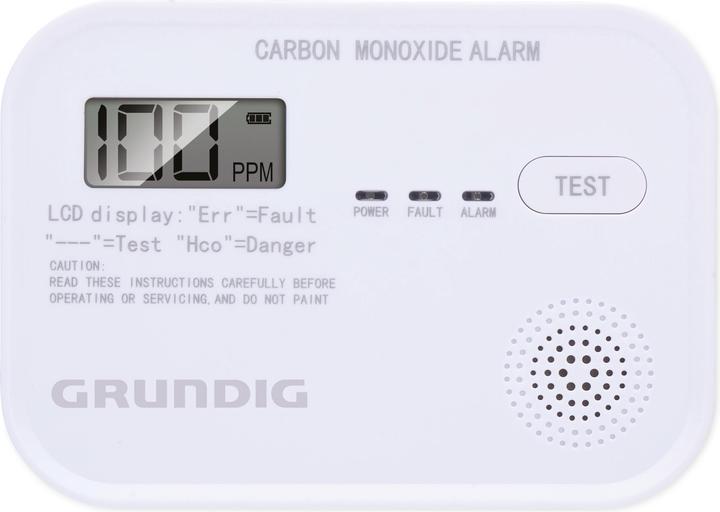

Select options and limit the number of products
Choosing the right hazard detector type is crucial for ensuring safety in your environment, as it determines the specific hazards the device can detect. Understanding the differences between detector types helps you select the most suitable one for your home or workplace, enhancing protection against potential risks.
Popular options (you can select more than one)
Smoke detectors
Typical price
31.– to 140.–Detects smoke particles in the air, indicating the presence of fire.
Essential for early fire detection, providing timely alerts to prevent fire damage and ensure safety.
Bestseller
Carbon monoxide detector
Typical price
33.– to 85.–Senses carbon monoxide levels, a colorless, odorless gas that can be fatal.
Provides critical protection against carbon monoxide poisoning, especially in homes with gas appliances or fireplaces.
Bestseller
Gas detector
Typical price
43.– to 160.–Detects a variety of gases such as natural gas or propane, which could indicate a leak.
Ideal for environments where gas is used, helping prevent explosions or health hazards through early detection.
Bestseller
Heat detector
Typical price
29.– to 120.–Measures temperature changes that may indicate a fire, without relying on smoke particles.
Useful in areas like kitchens or garages where smoke alarms may trigger false alerts, providing reliable fire detection.
Bestseller
Transmission type refers to the method used by hazard detectors to send alerts and information, impacting connectivity and integration with other systems. Choosing the right transmission type ensures reliable communication and compatibility with your existing network, enhancing safety and response time.
Popular options (you can select more than one)
Wireless
Typical price
29.– to 94.–Uses radio frequencies to transmit data without physical connections.
Offers flexibility in placement and installation, ideal for areas where wiring is impractical.
Bestseller
Wi-Fi
Typical price
35.– to 110.–Connects to the internet using Wi-Fi networks, enabling remote monitoring.
Suitable for integration with smart home systems, providing real-time updates and control.
Bestseller
Bluetooth
Typical price
38.– to 320.–Utilizes short-range wireless technology for device pairing and communication.
Perfect for local alerts and quick device connections, ensuring immediate response without internet reliance.
Bestseller
ZigBee
Typical price
27.– to 43.–Operates on low-power wireless mesh networks, designed for smart devices.
Optimal for connecting multiple detectors over a secure network, enhancing system reliability and coverage.
Bestseller
The power supply for hazard detectors determines how the device is powered, directly affecting its reliability and maintenance needs. Choosing the right power source is crucial for ensuring consistent performance and ease of use in various environments.
Popular options (you can select more than one)
Battery operated
Typical price
29.– to 100.–Uses replaceable or non-rechargeable batteries to function.
Ideal for locations without electrical outlets and offers mobility and flexibility in placement.
Bestseller
Electrical connection
Typical price
51.– to 240.–Requires a direct connection to a power outlet for operation.
Ensures continuous power supply, making it suitable for areas where reliability is crucial.
Bestseller
Rechargeable battery operated
Typical price
38.– to 140.–Operates on batteries that can be recharged via an external source.
Combines the convenience of battery operation with cost-effectiveness, reducing the need for frequent battery replacements.
Bestseller
USB power delivery
Typical price
57.– to 170.–Powered through a USB connection, often from a computer or USB adapter.
Provides a versatile and convenient power solution for tech-friendly environments or temporary setups.
Bestseller
A smart home ecosystem refers to the network of compatible devices that can communicate and interact with each other, typically controlled through a smart assistant or hub. Choosing the right ecosystem ensures seamless integration and control of your hazard detectors, enhancing their functionality and your home safety.
Popular options (you can select more than one)
Amazon Alexa
Typical price
27.– to 85.–Compatible with a wide range of smart devices, allowing for comprehensive home automation.
Ideal for users who prioritize voice control, offering hands-free operation and convenience.
Bestseller
Google Assistant
Typical price
38.– to 120.–Integrates well with Android devices and Google services, providing a cohesive user experience.
Best for those who use Google products extensively, allowing seamless integration into daily routines.
Bestseller
Apple Home
Typical price
51.– to 150.–Designed for Apple device users, ensuring smooth and secure connectivity.
Perfect for users invested in the Apple ecosystem, offering enhanced privacy and user-friendly interface.
Bestseller
Samsung Smart Things
Typical price
20.– to 40.–Supports a wide array of devices and brands, offering flexibility in smart home setup.
Recommended for users seeking interoperability across various device types, ensuring comprehensive control.
Bestseller
The brand factor simplifies the decision-making process by highlighting trusted manufacturers in hazard detectors, ensuring reliability and safety. Brands like Ei Electronics, Abus, and Netatmo offer varying technologies and features, catering to diverse needs such as smart home integration and traditional safety devices.
Popular brands (you can select more than one)
Ei Electronics
Renowned for high-quality smoke alarms and heat detectors.
Offers reliable performance with long battery life, ideal for homes and commercial spaces.
Bestseller
Abus
Specializes in security technology, including carbon monoxide and gas detectors.
Provides robust solutions with easy installation, perfect for residential security enhancements.
Bestseller
Netatmo
Known for smart home technology and weather stations.
Integrates seamlessly with home automation systems, offering advanced monitoring features.
Bestseller
Brennenstuhl
Offers a wide range of electrical products, including power strips with surge protection.
Reliable for safety-focused electrical solutions, suitable for preventing electrical hazards.
Bestseller
Leads in smart home innovation with devices like the Nest Protect smoke and CO detector.
Provides intelligent alerts and connectivity, enhancing home safety through technology integration.
Bestseller

